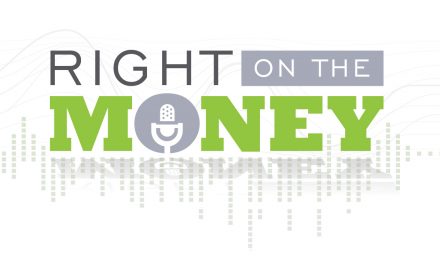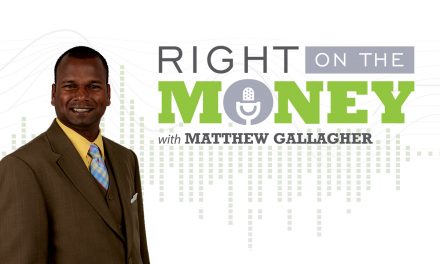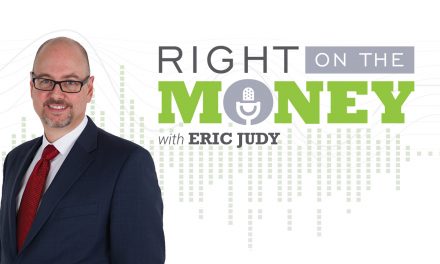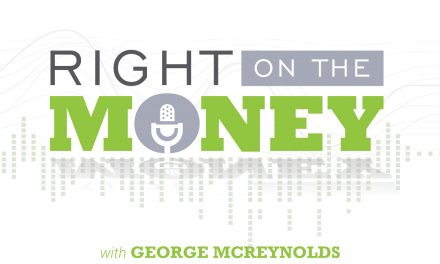Vertical Portfolio Diversification Includes Taxes, Time, Liquidity and Risk.
A portfolio with a variety of holdings is not necessarily a diversified portfolio. Investors who only strive for a blend of assets may be missing out on the protection and opportunities provided by an asset mix that covers risk, changing times and market volatility. Watch the interview with investment adviser representative Rodger Sprouse.
Although the practice of “not putting all your eggs in one basket” is common, a truly diversified portfolio occurs less frequently in retirement. For a retirement plan to endure, it’s not enough to spread wealth among a few assets, or even variations within an asset type. In fact, it goes much deeper. Diversification is demonstrated not only by asset types, but how those assets will perform individually and collectively over time. Four dimensions where assets can be put to the test of diversification are type, taxes, liquidity and risk.
Horizontal diversification involves multiple choices within an asset type. Mutual funds, for example, can have small, medium and large-cap holdings. Alternately, a vertically diversified portfolio would have not only mutual funds, but real estate, bonds and ETFs. If mutual funds have a bad year in general, a portfolio that’s only horizontally diverse in funds may likely suffer. But by complementing mutual funds with other asset types, the portfolio will be vertically diverse and stands to not suffer accordingly.
Taxes are often the largest expense in retirement. Accordingly, it makes sense to diversify a portfolio with assets that are both tax-deferred and tax-free. Accumulating tax-deferred accounts like IRAs and 401(k)s means that taxes will come due at distribution, and not before. A sensible tax diversification play is to own assets like a Roth IRA or fixed index annuity, which can produce tax-advantaged income, while not impacting Social Security or running the risk of bumping income into the next highest tax bracket.
Diversifying assets by liquidity offers risks and rewards. High concentrations of assets in stocks or money market funds can carry either undue risk or limited growth, respectively, while keeping those assets easily accessible. Assets in a less liquid instrument like a fixed index annuity may provide peace of mind and the assurance that an account balance (on most indexed annuities) will not decline. Staging assets for liquidity in the short-term (to handle an unexpected emergency); mid-term (2-5 year requirements such as home improvements); or long-term (meeting healthcare expenses or producing guaranteed lifetime income) is a common method matching assets to anticipated needs.
Diversification is most commonly associated with risk, and a good retirement plan will have a blend of assets that reflect the investor’s tolerance for risk. Risk-averse retirees may have proportionately more assets in money market funds, or in “safe-money” instruments, even with poor returns. Risk-accepting investors will allocate more resources to growth opportunities knowing that market cycles occur. Risk tolerance is highly individualized, and portfolios should be suited to each account owners’ risk threshold.
In general, diversification allows for successes within a portfolio, even in the event of an overall down year, and can be achieved by a vertical mix of assets inclusive of time, tax, liquidity and risk considerations.
Syndicated financial columnist Steve Savant interviews Investment Adviser Representative Rodger Sprouse of Sprouse Financial on Retirement Expectations. Right on the Money is a weekly financial talk show for consumers, distributed as video press releases to 280 media outlets and social media networks nationwide.





